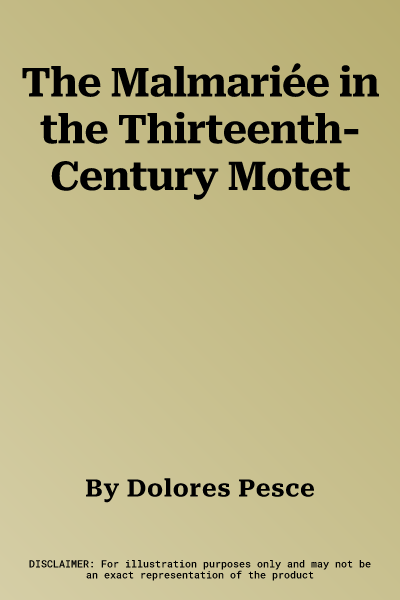Dolores Pesce
(Author)The Malmariée in the Thirteenth-Century MotetHardcover, 8 February 2023

Qty
1
Turbo
Ships in 2 - 3 days
Only 2 left
Free Delivery
Cash on Delivery
15 Days
Free Returns
Secure Checkout

Part of Series
Royal Musical Association Monographs
Print Length
162 pages
Language
English
Publisher
Routledge
Date Published
8 Feb 2023
ISBN-10
103237120X
ISBN-13
9781032371207
Description
Product Details
Author:
Book Format:
Hardcover
Country of Origin:
US
Date Published:
8 February 2023
Dimensions:
21.59 x
13.97 x
1.12 cm
Genre:
Christian
ISBN-10:
103237120X
ISBN-13:
9781032371207
Language:
English
Location:
Oxford
Pages:
162
Publisher:
Weight:
358.34 gm